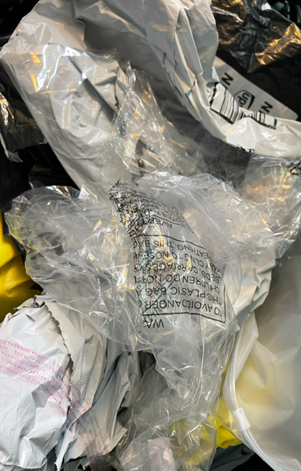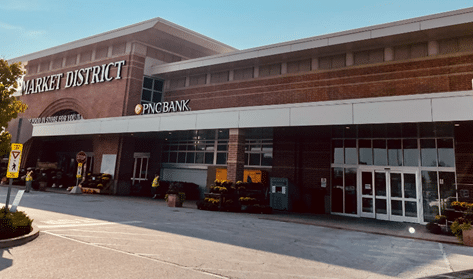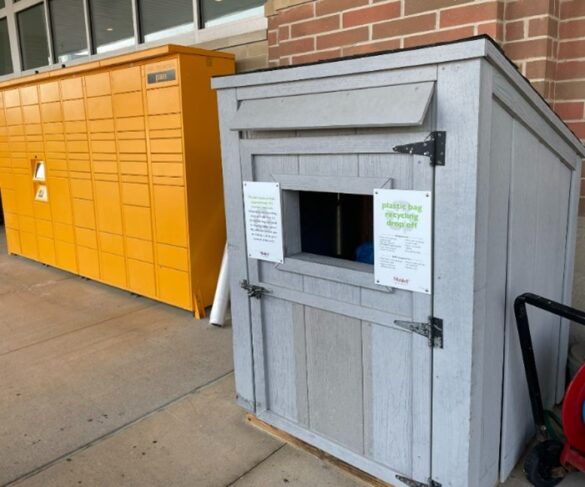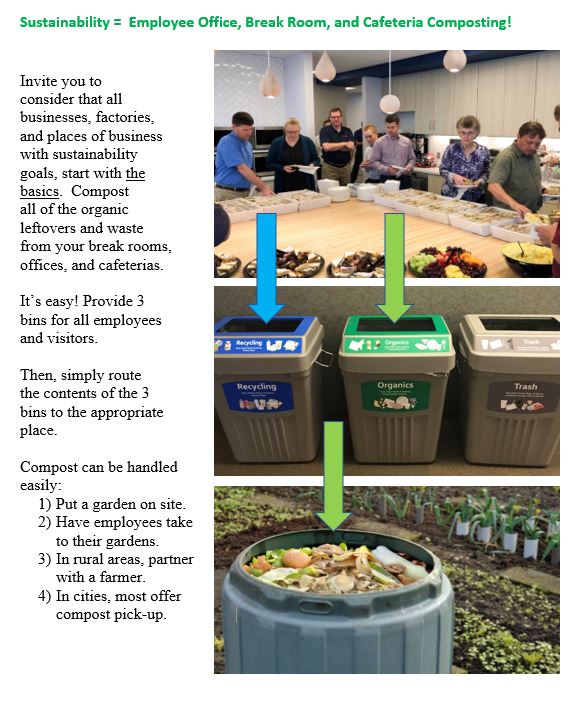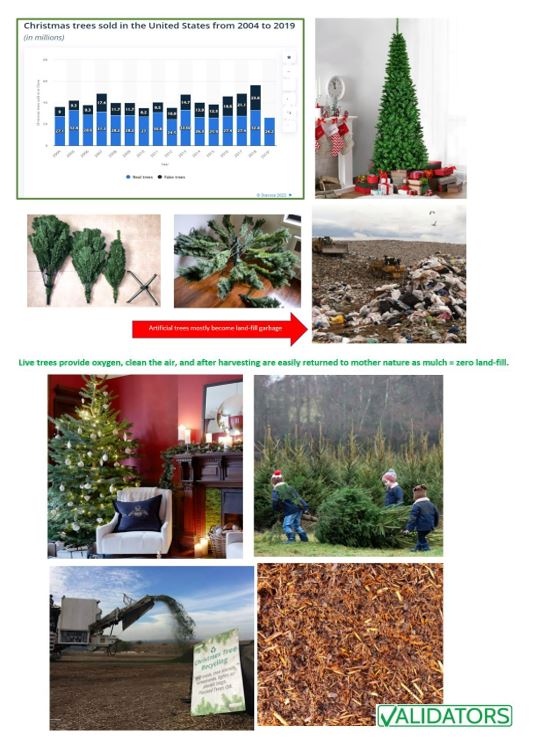Since RFID operates on a radio frequency, it does not need to physically “see” the codes it is reading, unlike a barcode scanner. This portion of the application is a major time saver, allowing the operator to scan an entire warehouse or retail center of +100,000 items in seconds. Rather than the need to scan +100,000 items in a warehouse, +100,000 times, one-by-one-by-one with a barcode system. Imagine telling your management team that an entire warehouse inventory check took less than 10 minutes, rather than the grueling days or weeks a physical check with a barcode scanner takes!
Why are Retailers Requiring RFID Labels on Products?
Walmart is currently requiring all suppliers of goods in Home Departments, Electronics-Toys-Seasonal (ETS) Departments, and Hardline Departments to use RFID labels on all inbound products; with compliance mandates starting in 2024. Dick’s Sporting Goods is also requesting suppliers of goods in most departments use RFID labels on all inbound products as of January 1, 2025. Luckily, our team at Packaging Validators has multiple factory-direct RFID label manufacturers here in the USA, to help our clients stay in compliance.
Still, many of our Packaging Validators clients have asked us “why are they doing this?” We aren’t psychic (yet), but here are our thoughts on what the push is all about.
- Inventory Accuracy: The well-established equation for inventory is shipped products to stores – cash register sales = retail inventory.
Challenge: This equation does not account for theft, misplaced inventory, or incorrectly scanned merchandise.
- Sales: If the product is correctly located to be within the store planogram, it is more likely to be found and sold. Likewise, if the consumer can find the correct size, color, flavor, SKU#, located in the correct area, the consumer is more likely to find and buy. They are also more likely to return to that store for the convenience of proper organization.
Challenge: If the product is in a display, action alley, back stock room, return service counter, or anywhere else in the store outside of the planogram, the retail associates and consumers cannot locate the desired item; more than likely resulting in a lost sale and if happening frequently enough, potentially a frustrated or lost customer.
- Ecommerce and Online Competitors: With the rapid growth of Amazon, American consumers appear to crave more and more convenience; and convenience these days means click button, buy item, item shows up within 12-48 hours, all without leaving the comfort of the couch. Amazon is also using automatic price comparisons at other retail stores, reducing the need to look for “the best price.”
Challenge: Amazon doesn’t have consumers wandering through warehouses and moving products around. No consumers picking them up, putting them in a cart, and putting them back in the wrong place or shop lifting them.
Solution: If Walmart and Dick’s can ensure accurate inventories, then they can compete with Amazon by having same-hour / same-day pick-up or delivery if inventory is nearly 100% accurate.
- Replenishment Speed: Once a consumer puts a retail product in their cart, another consumer cannot buy it out from under them (with socially acceptable manners).
Challenge: Traditional bar coding doesn’t subtract the item from inventory until it’s purchased at the cash register.
Solution: RFID can be set up to allow for replenishment as soon as the item is depleted from the shelf. If not returned to the correct shelf, RFID can help quickly locate the misplaced item.
Of course, there are other reasons management teams, investors, and executives are looking into RFID as an option for their businesses. The trend is that RFID will continue to rapidly grow. Adoption rates of RFID Label Compliance Mandates are rapidly increasing, and raw material costs continue to decrease. RFID is nothing new, but it is here to stay.
Let us know how our team at Packaging Validators can help your company with RFID label compliance, sourcing factory-direct domestic RFID labels, procuring RFID label application equipment, or procuring RFID label reading equipment and software.
Give us a call at 317-740-0123 or schedule a quick 15-minute meeting with us using the Calendly Link: https://calendly.com/chris-validatorsllc/15min
Conveniently located in the USA – 755 W. Carmel Drive, Suite 216, Carmel, IN 46032
Blog Sources and Additional Information
- https://www.rfidjournal.com/expert-views/the-history-of-rfid-technology/76202/
- https://www.peaktech.com/blog/history-of-rfid/
- https://www.rfidjournal.com/faq/what-has-prevented-rfid-from-taking-off-until-now/38563/






